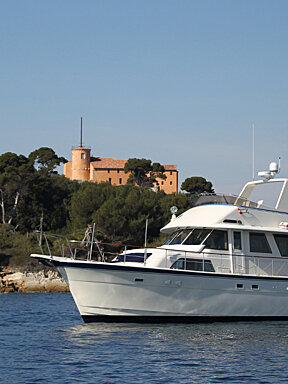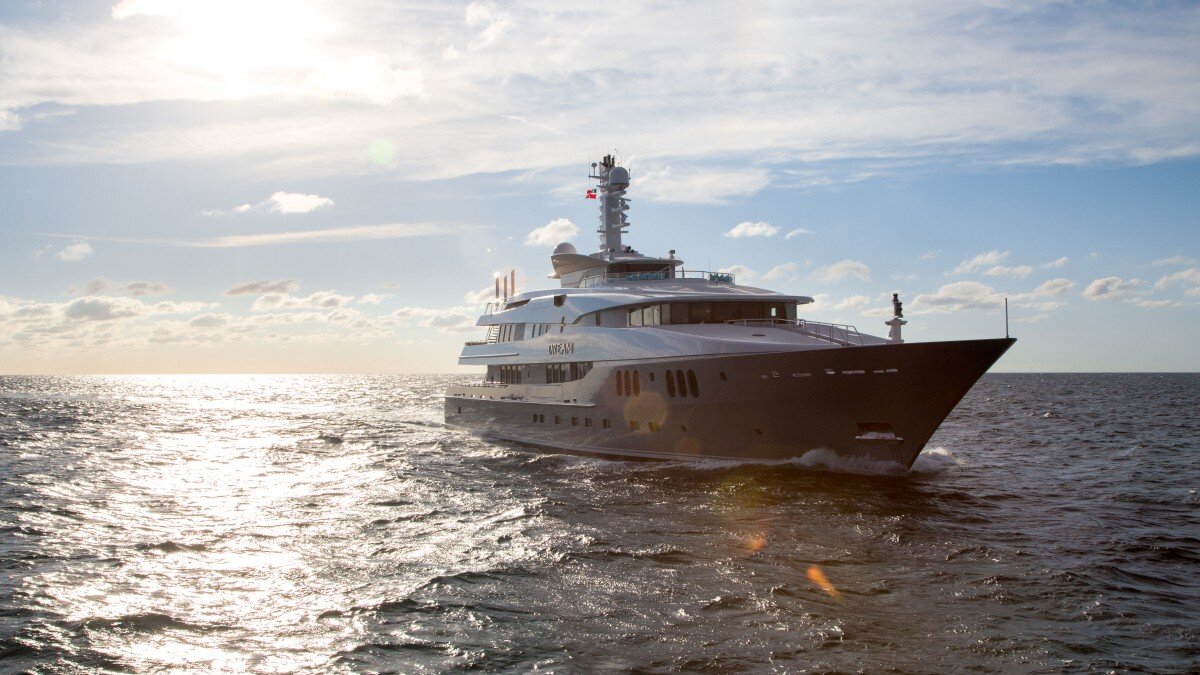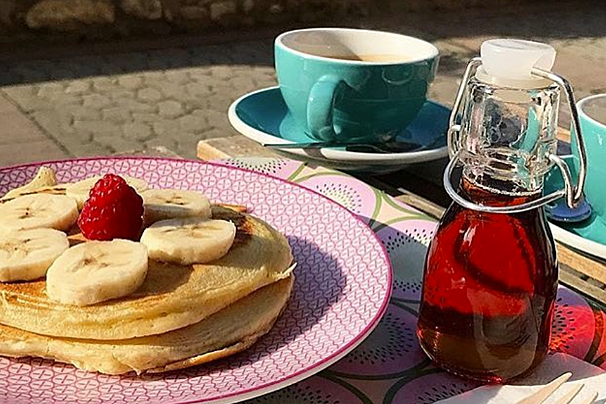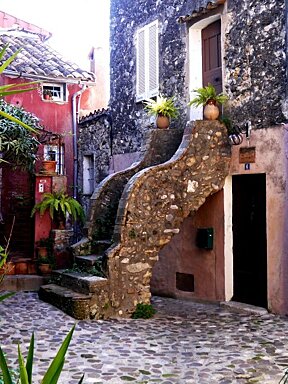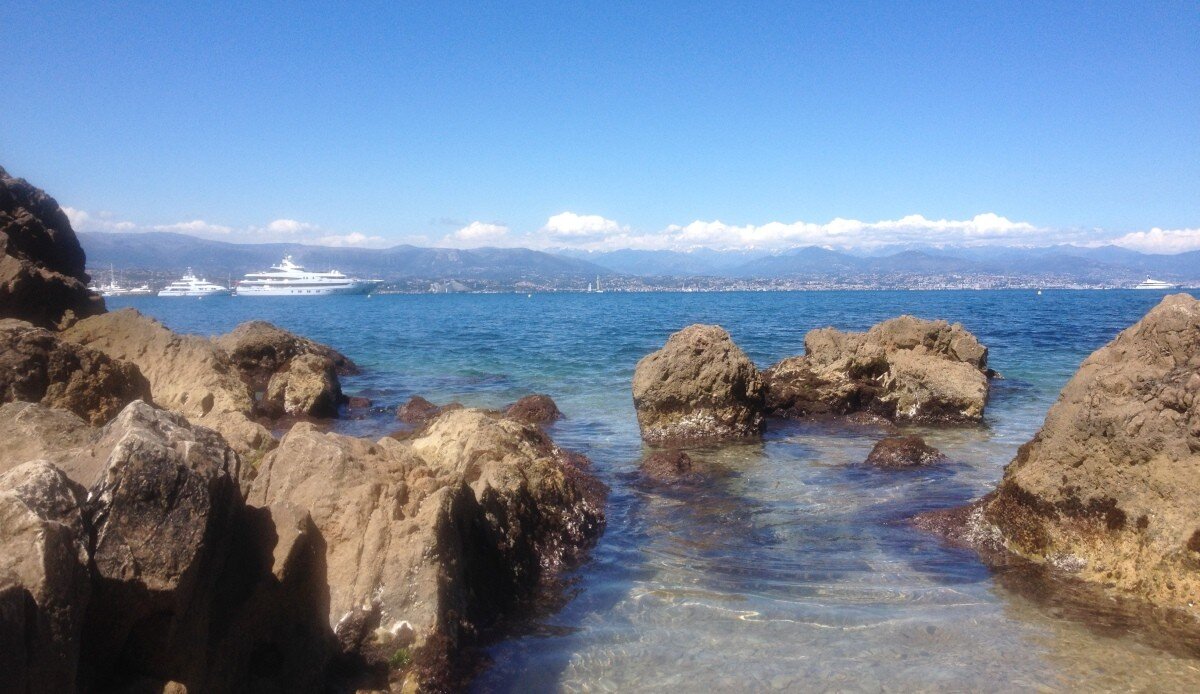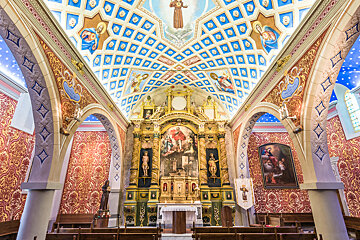
© CGeloni
Antibes' winter art & culture
Exploring the history, art & culture of Antibes in the winter months
One of the great aspects of visiting Antibes in the wintertime is that the museums and art galleries remain open, but are free of their summertime crowds.
The world-famous Picasso Museum is at the top of most visitors’ lists for art-lovers, but there are also some other special little museum finds in Antibes for curious visitors – particularly for enthusiasts of comics, or historic postcards. Meanwhile, History runs deep on the Riviera, and Antibes has several small but interesting museums tracing the 3000 years of history since the Ancient Greeks founded ‘Antipolis’, right through to the Napoleonic era and beyond.
For those culture-buffs who wish to spend their Cote d’Azur winter holiday visiting the many excellent museums and historic sites of the Riviera, you may be interested in purchasing the French Riviera pass, which affords you 24 hour, 48 hour or 72 hour access to sites and activities all along the Riviera, including numerous locations in Antibes.
The Picasso Museum
Picasso once famously said, ‘If you want to see the Picassos of Antibes, you must come to Antibes to see them.’ And so the Picasso Museum was born: a collection of the paintings, ceramics, lithographs and drawings that Picasso completed and then donated while working in a studio in the splendid tower of the Chateau Grimaldi in Antibes. The curator of the Chateau allowed Picasso to live and work in the tower for six months during the tough post-WWII period, and Picasso’s ‘Antibes period’ is one that is credited with bringing colour and life back to the work of one of the great masters. 67 examples of Picasso’s work are displayed in Antibes, including his famous La Joie de Vivre, and the museum also features art by Nicolas de Staël, Hans Hartung, Joan Miro, and Anna-Eva Bergman.
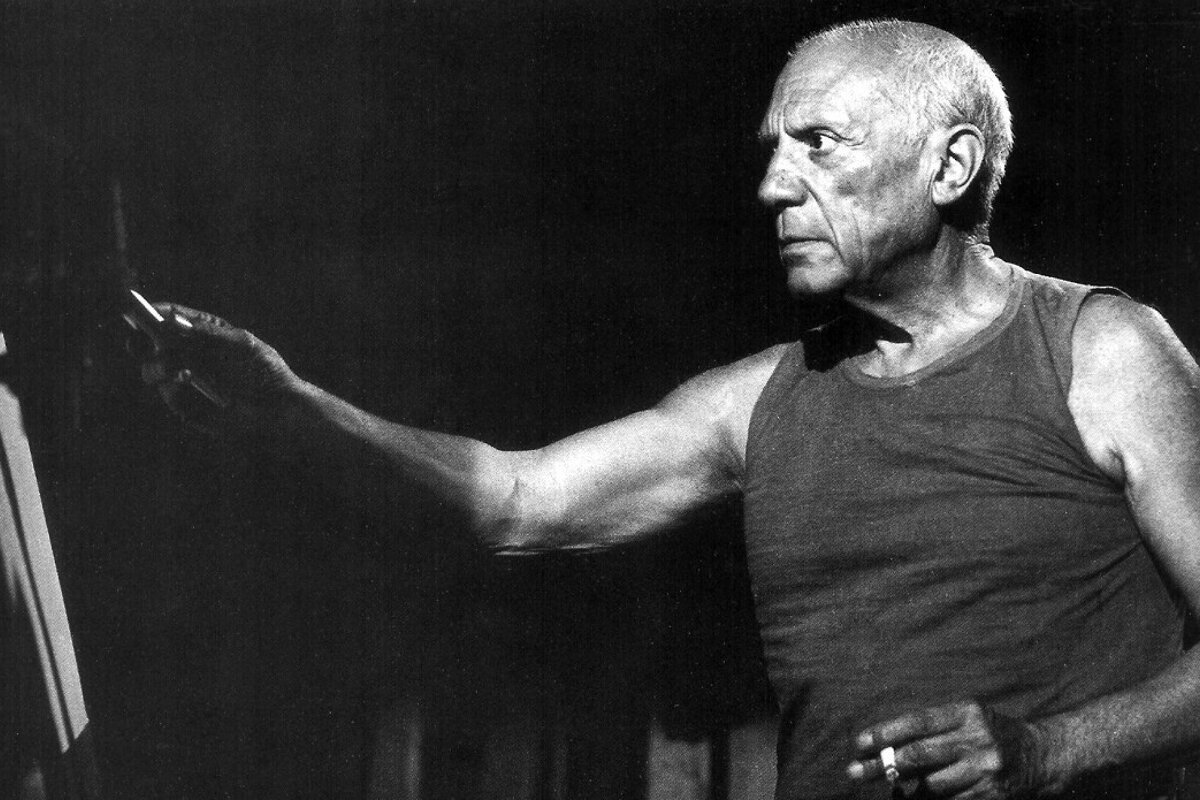
Fernand Leger Museum, Biot
The nearby hilltop village of Biot is an art-lover’s paradise, and dates back to the 1600’s as a thriving artists’ colony. The most famous attraction is the Fernand Leger Museum, which celebrates the work of the French Cubist and features giant murals on the exterior which were originally intended for the Hanover stadium. Biot is also home to the famous glassblowing workshop La Verriere de Biot, the History and Ceramic Museum, and a Bonsai Museum.

Musee Peynet et du Dessins Humoristique, Place Nacionale
Comic enthusiasts will want to visit this centrally-located museum, which features satirical cartoons and drawings of romantic couples by Raymond Peynet, the Antibes-born artist. Note that both the collection and the staff are French-language only. Antibes also has a comic shop, Comic Strip Café, up on Avenue du 24 Aout, opposite the cinema.
Musee de la Carte Postale, Avenue Tournelli
A wonderfully random yet interesting entry on the Antibes cultural hit-list, the Postcard Museum boasts a permanent exhibition of thousands of postcards from all ages and countries, as well as temporary themed exhibitions. Tours are run in English and French.
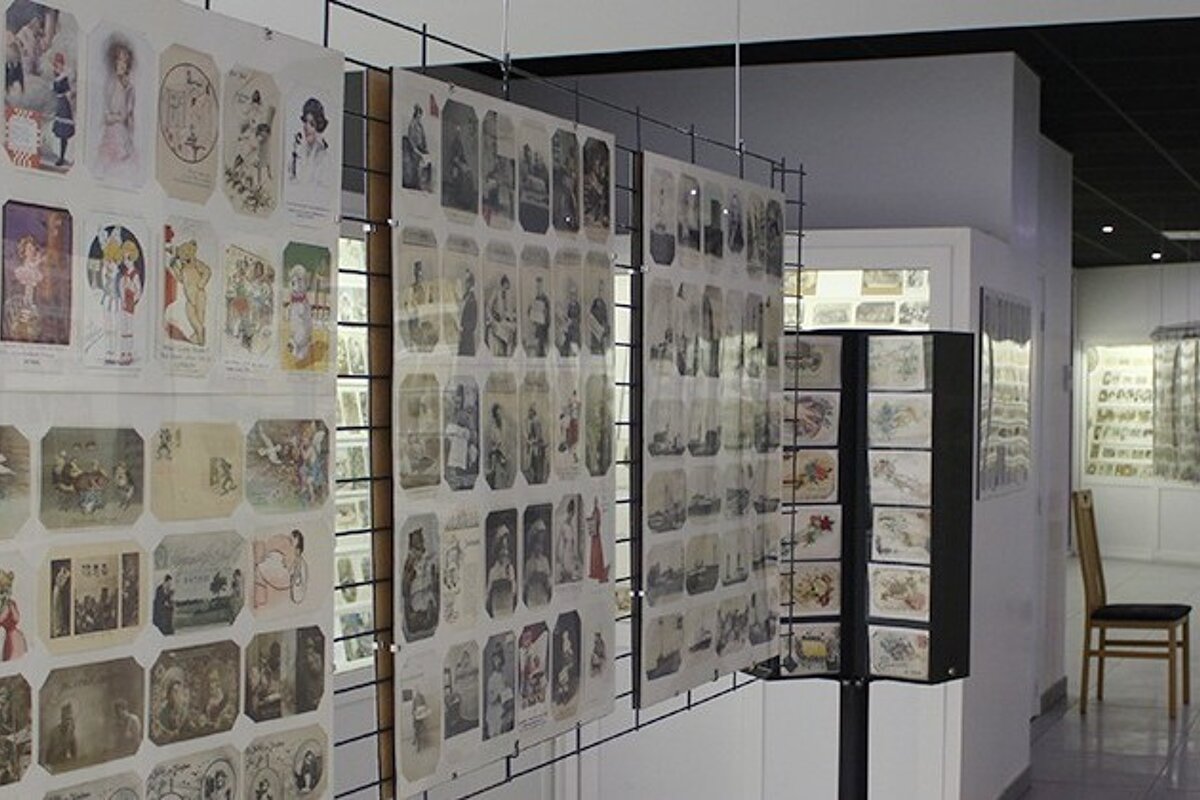
Musée d'Archéologie, Bastion Saint-Andre
This small museum is built into the ramparts wall and features archaeological findings from land and sea dating back 3000 years to the days when the Greeks settled Antibes, calling it Antipolis, or ‘the city opposite’—in this case, opposite Nice. The History & Archaeology Museum features many artefacts from ancient shipwrecks and archaeological digs around the town, including amphorae, mosaics, coins and ceramics, as well as a lead sarcophagus and a reconstruction of a Roman ship. The museum displays are in French, but English-speaking tours are available.
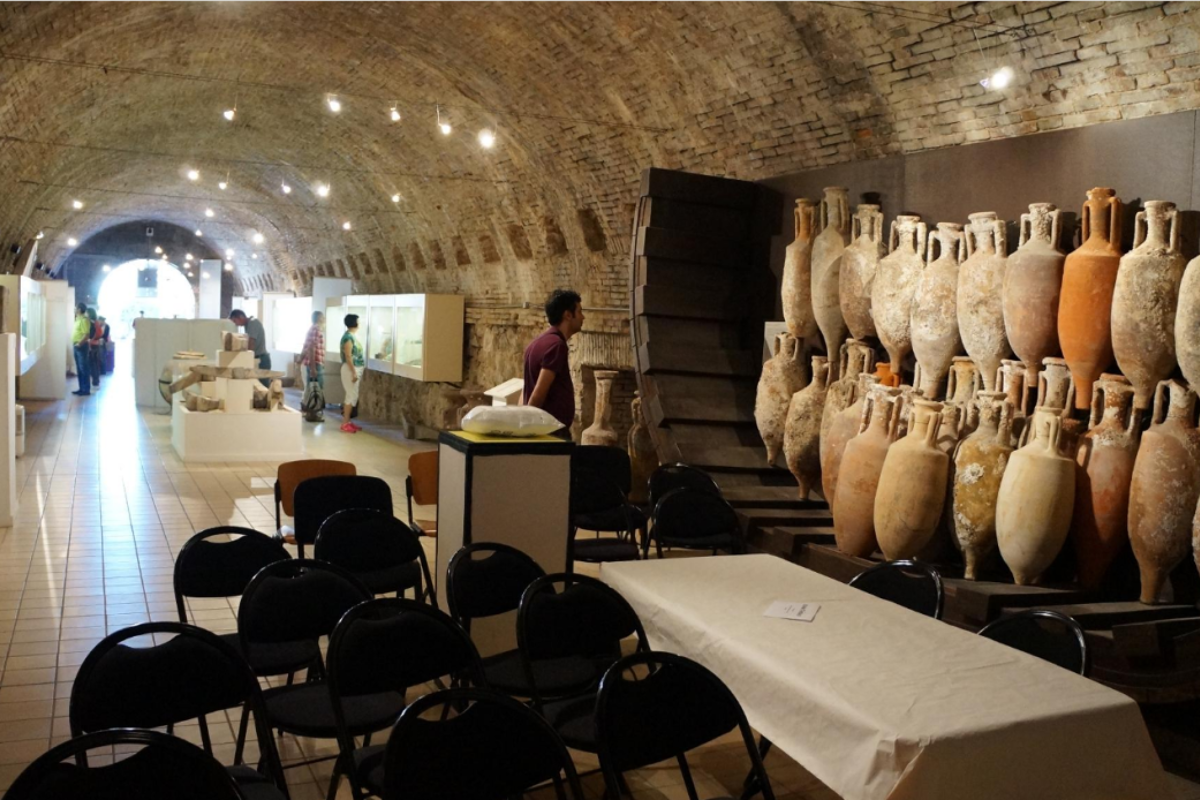
Fort Carre, Antibes
The imposing Fort Carre sits at the entrance of the harbour, with a commanding view of the Bay of Angels across to Nice and the towering Southern Alps. Unfortunately, it’s possible that the view is the most interesting thing about this place, as the fort is very bare and has no military installations or cannons. However, for the small sum of 3 euros it’s still a worthwhile experience on a sunny day (when you can make the most of that view!). History buffs will appreciate the fact that Napoleon was once imprisoned here for a few days during the Napoleonic Wars, while fans of 007 will love that the fort featured in the Bond film "Never say Never Again".
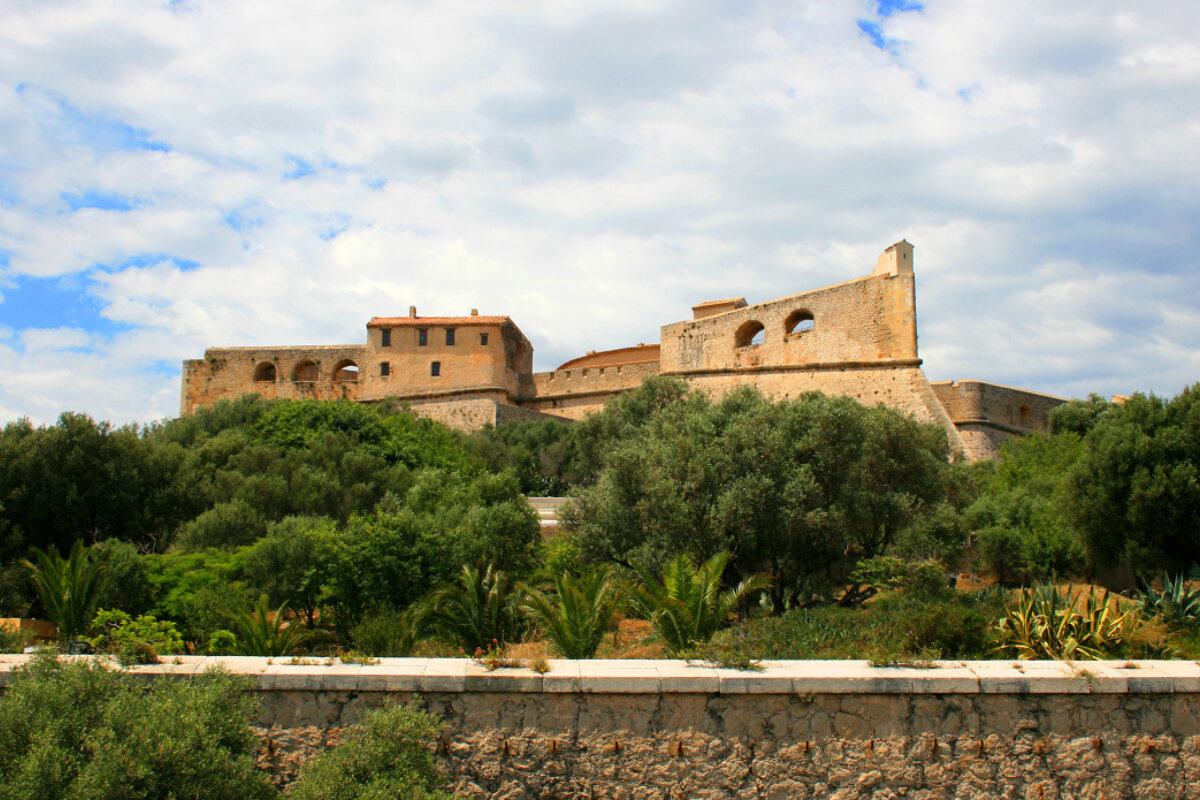
Musee Naval et Napoleonien, Cap d’Antibes
This museum is located on the very tip of the stunning Cap d’Antibes in a ten-acre park, at the Tour Graillon— a military battery which played an important role in the 30 Years War, and which Napoleon restored to a defence post in 1794. The museum features relics from the Napoleonic era, particularly post-Elba, including a statue of Napoleon on horseback, military uniforms, and rare specimens of sabres, swords, and guns. There have been long periods of renovation at the museum, so be sure to call ahead to check it will be open.
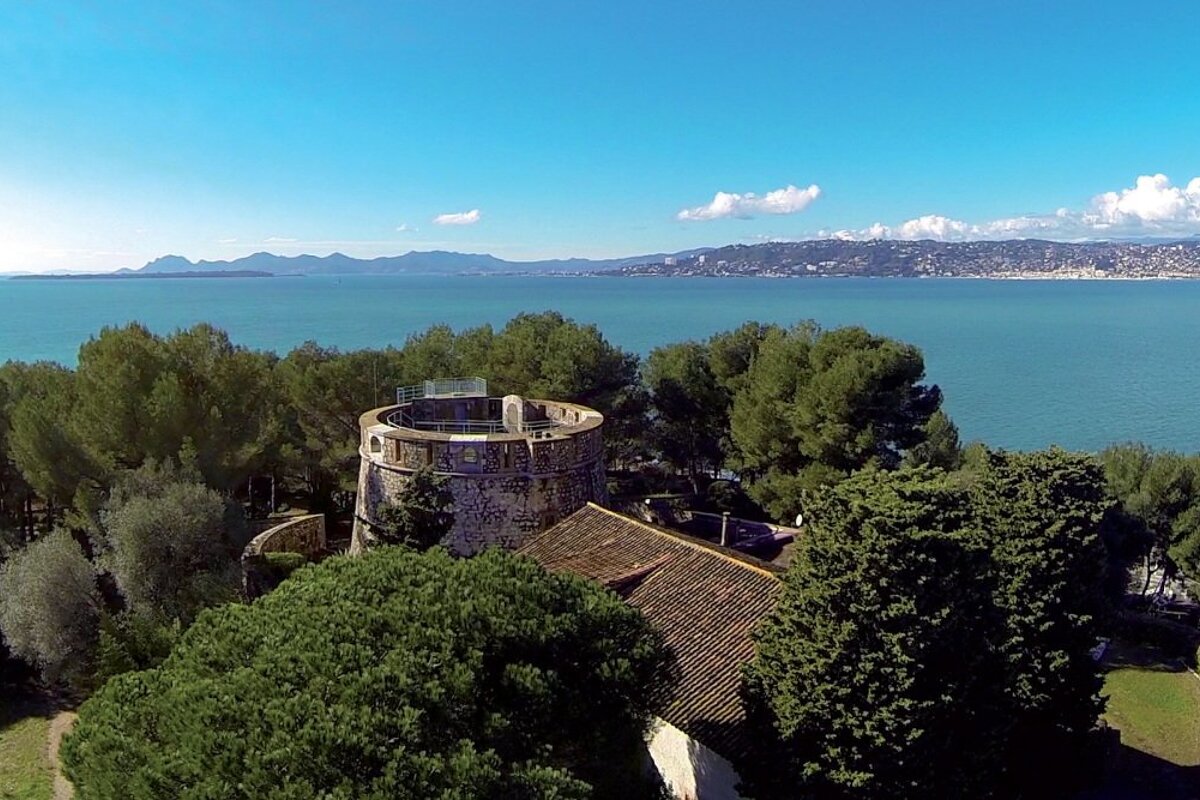
Jardin Thuret, Cap d’Antibes
For those interested in the history of flora rather than that of conquest, a visit to the magnificent Jardin Botanique at the Villa Thuret is a must. The 5-acre garden is full of exotic plants, with species from the southern hemisphere taking centre stage. There was a craze in Europe for botanic treasures from the new world during the 19th-century, so expect plenty of eucalyptus and tropical specimens.
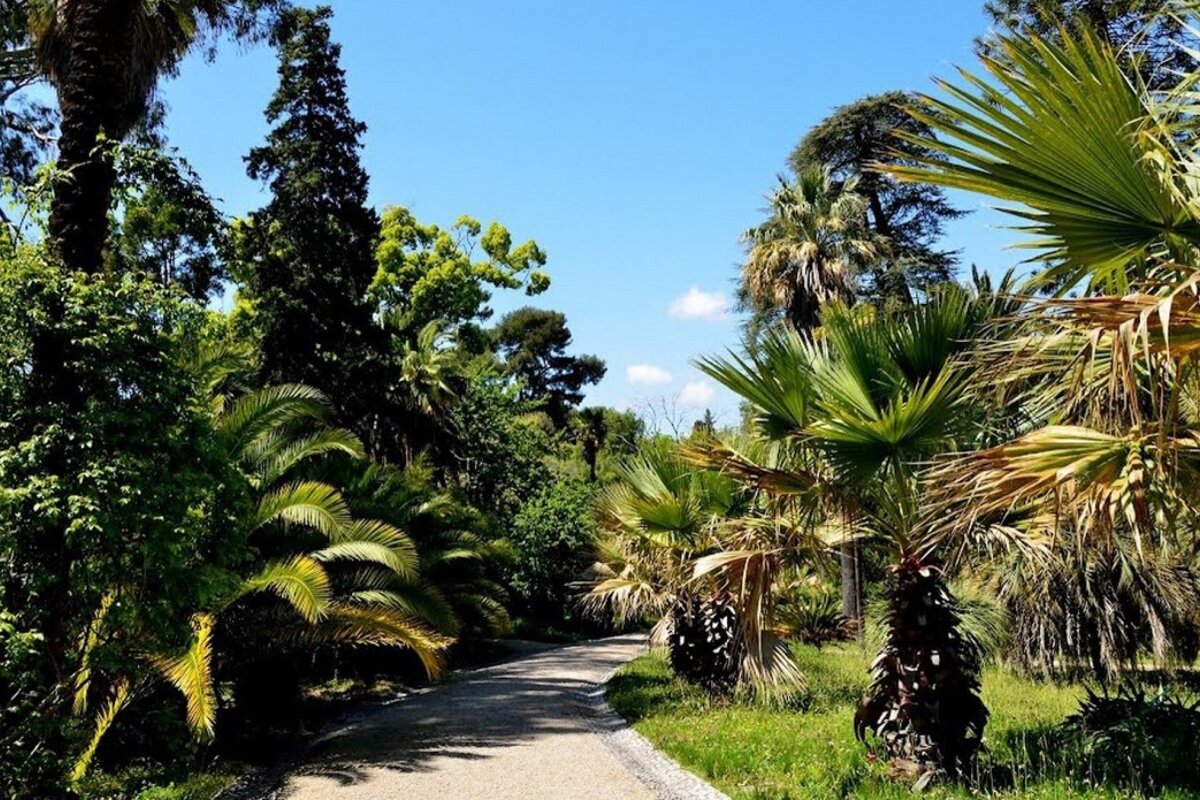
Chapelle Saint Bernadin, Rue du Docteur Rostan
This 16th century, beautifully-restored Chapelle Saint Bernardin church features a starry ceiling, stunning trompe l’oeil artworks and statues of Antibes’ patron saints. Often missed in favour of the more famous but rather less impressive Antibes Cathedral, this old town church is one of the hidden treasures of Antibes.
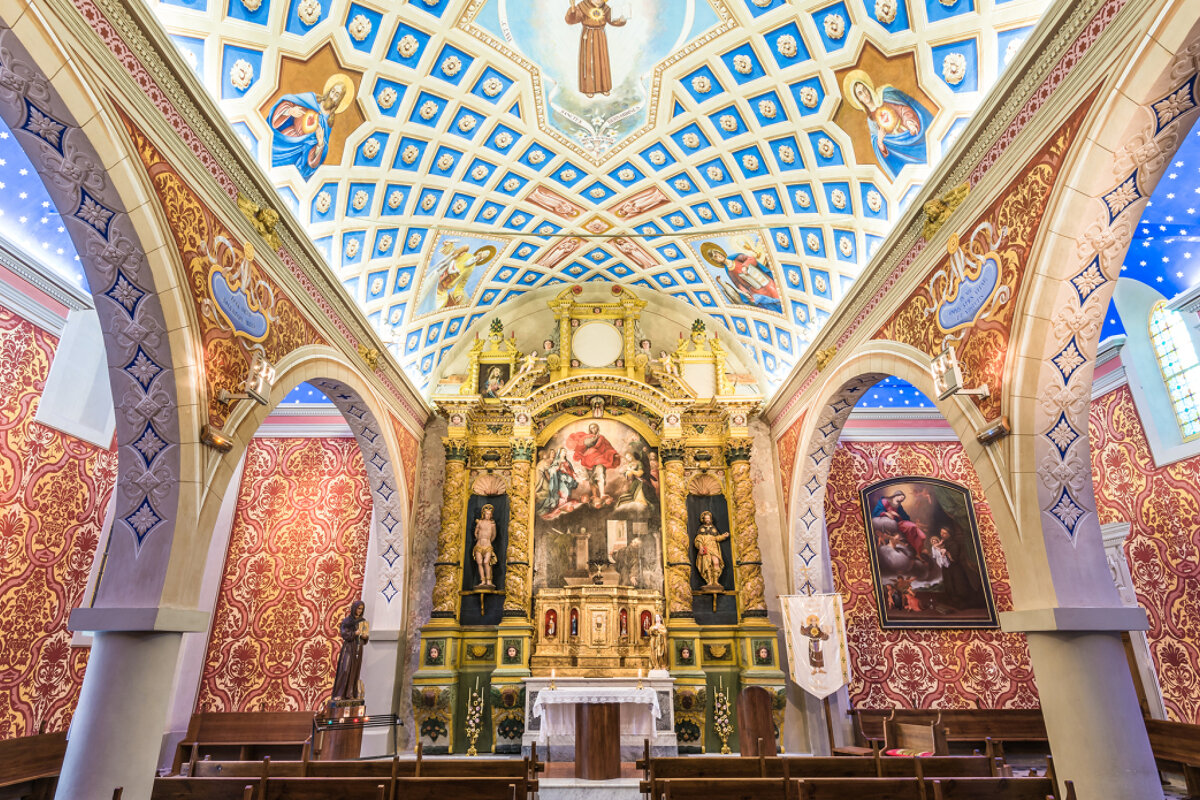
Winter is the perfect time to explore the museums, art galleries and historical sites of Antibes. Have we missed any cultural highlights of Antibes? Let us know in the comments, and don’t forget to check out our Cannes art and culture guide for nearby attractions.

